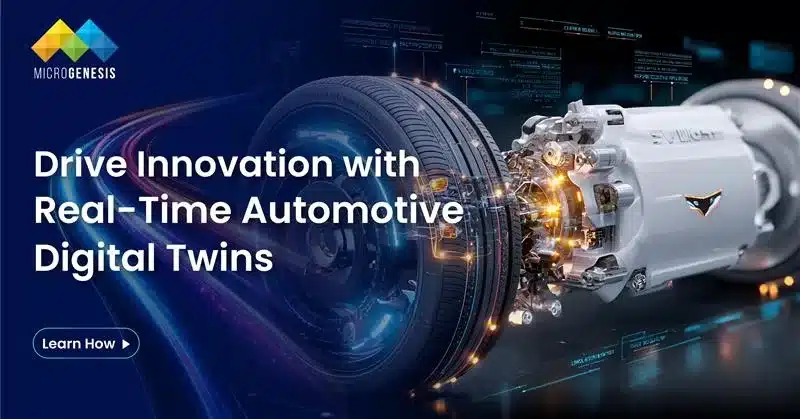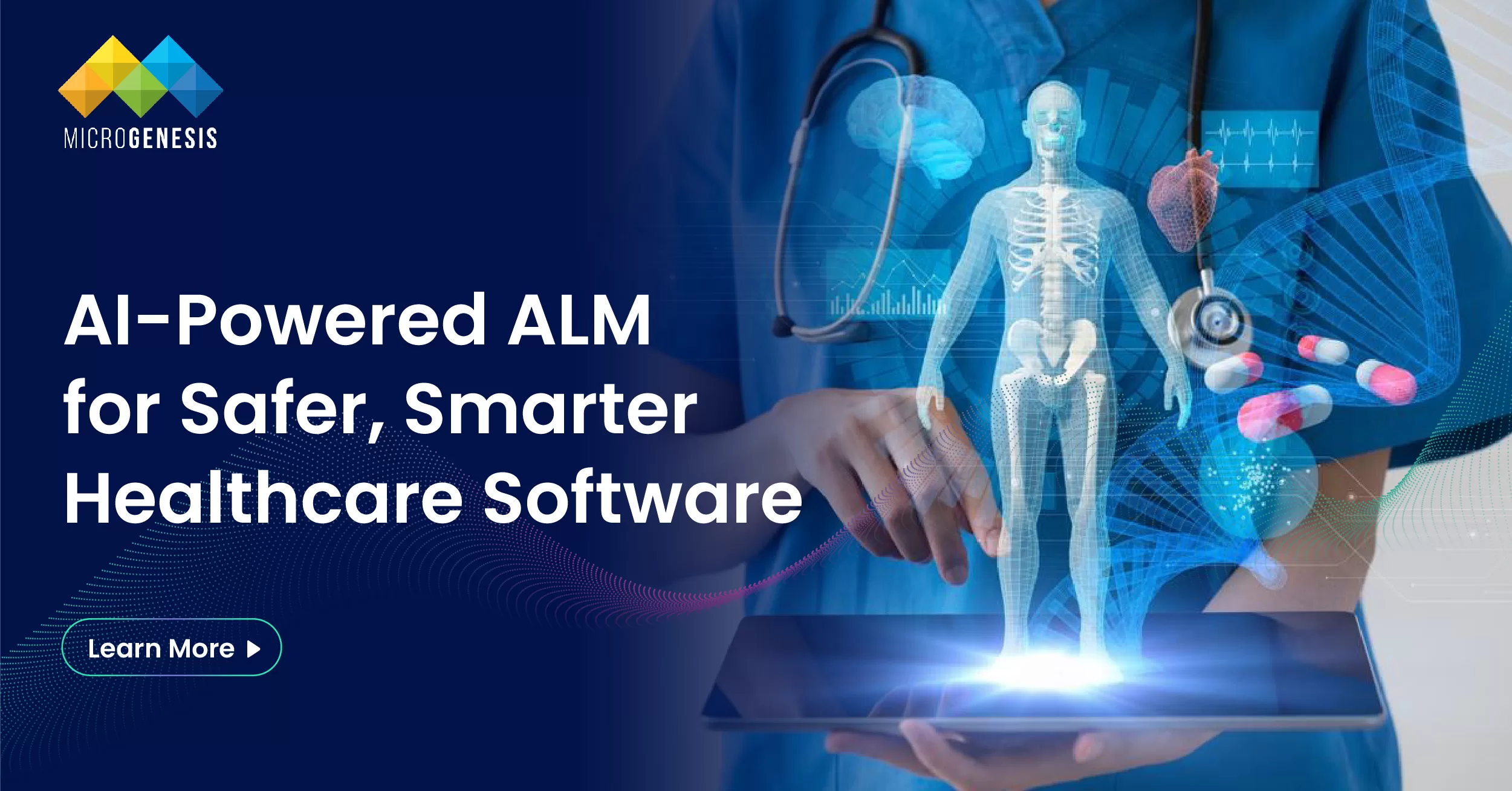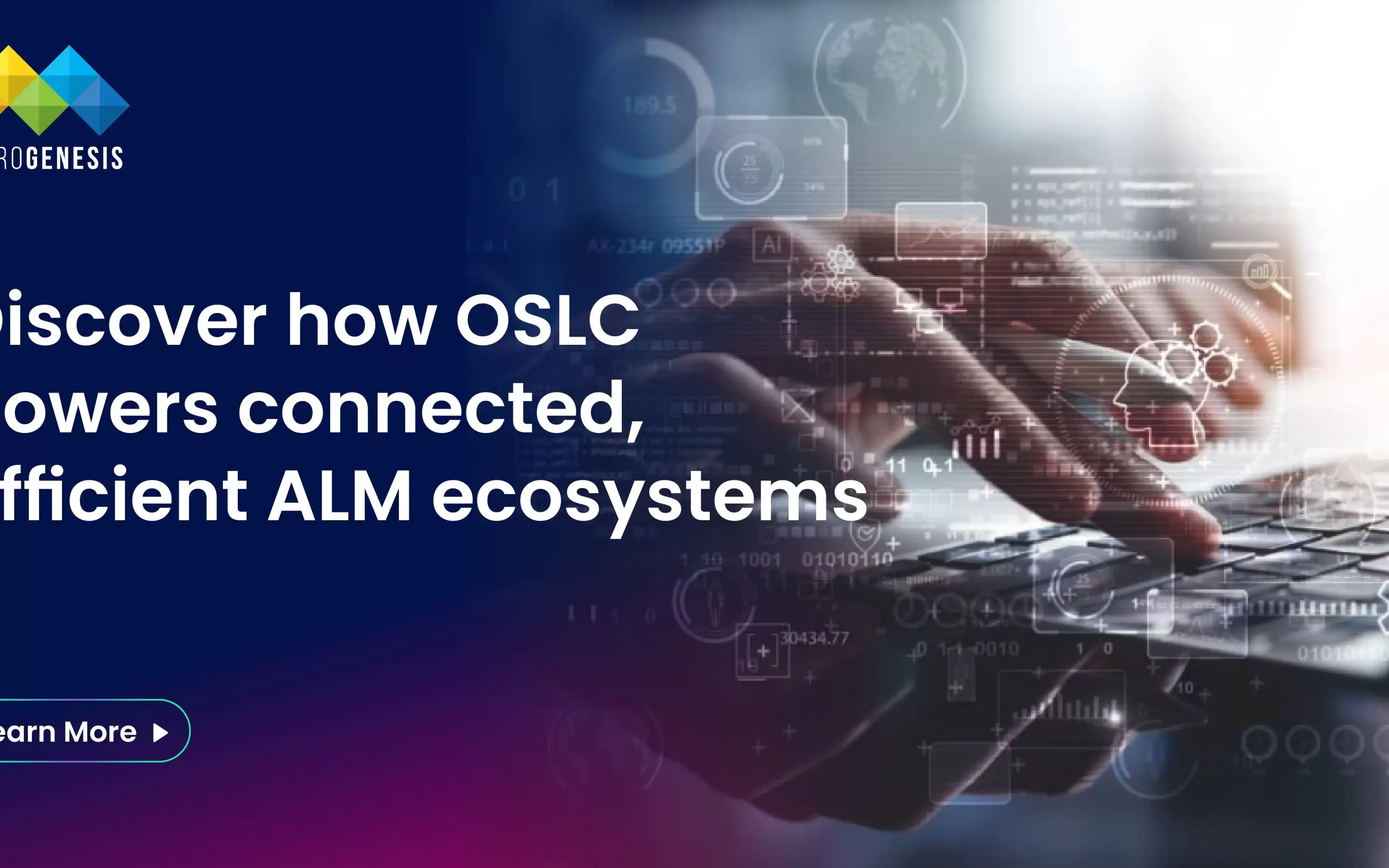The Paradigm Shift That’s Redefining Automotive Excellence
Picture this: One fine night at Tesla, an anomaly was detected in the regenerative braking pattern across hundreds of vehicles. The company’s digital twin system was able to detect it, and within six hours, an over-the-air update was pushed to 1.2 million vehicles globally, preventing what could have been a massive recall (Mckinsey).
The traditional automotive industry would have taken months to identify this pattern, validate the fix, and implement the solution. Tesla did it before most of their customers even knew there was an issue. As automotive leaders, we’ve witnessed digital transformation waves before, but digital twin technology represents something fundamentally different. We’re not just talking about another incremental improvement to our engineering toolkit. We’re looking at a complete reimagining of how we design, manufacture, and optimize vehicles throughout their entire lifecycle. Global consulting firm EY in its tech trends report revealed that early adopters report a 20–25% uplift in equipment effectiveness and a 10–12% reduction in unplanned downtime through predictive maintenance enabled by digital twins.
The traditional approach to automotive engineering has relied heavily on simulation models that, while sophisticated, operate in isolation from real-world conditions. These static models served us well in the past, but today’s market demands something more dynamic, more responsive, and infinitely more intelligent. The gap between what we simulate and what actually happens on the road, on the factory floor, and in the supply chain has become our biggest competitive vulnerability.
From Static Models to Living Digital Ecosystems
The evolution from traditional simulation to real-time digital twins marks a watershed moment in automotive engineering. Where simulation gave us predictions, digital twins give us continuous intelligence. The difference isn’t just technical, it’s strategic.
Consider the implications: instead of designing a vehicle based on predetermined scenarios, we now engineer systems that learn and adapt in real-time. Our digital twins don’t just model how a component should perform; they continuously ingest data from actual vehicles, manufacturing processes, and supply chains to refine their understanding of performance, reliability, and optimization opportunities.
This shift enables what I call “predictive engineering”, the ability to anticipate and address challenges before they manifest in the physical world. When a digital twin of your production line can predict equipment failure three weeks before it occurs, or when a vehicle’s digital twin can optimize its performance based on real driving patterns from millions of connected cars, you’re no longer just responding to problems, you’re preventing them.
The competitive advantage here is profound. Organizations that master this transition will fundamentally outpace those still operating with yesterday’s engineering paradigms. Automakers are already deploying digital twins across design, production, and after-sales to simulate vehicle development, reduce quality defects, and streamline new-model launches. KPMG in its report titled “How Automakers Can Turbocharge Efficiency” reveals that virtual prototypes enable engineers to catch and correct production issues before they occur on the factory floor, cutting introduction times by up to 30% and lowering scrap rates by 15%.
Real-World Applications Across the Automotive Value Chain
The practical applications of real-time digital twins span every aspect of our operations, creating value in ways that were previously impossible to achieve.
In vehicle design and development, digital twins are revolutionizing how we approach everything from aerodynamics to user experience. Instead of waiting for physical prototypes to validate design decisions, we can test and iterate continuously using real-world data streams. A digital twin of a new electric vehicle, for instance, can incorporate real-time traffic patterns, charging infrastructure utilization, and driver behavior data to optimize everything from battery placement to energy management algorithms.
Manufacturing operations see perhaps the most immediate ROI. Digital twins of production lines provide unprecedented visibility into bottlenecks, quality variations, and maintenance needs. When BMW’s digital twin of their Spartanburg plant can simulate the impact of a supply chain disruption in real-time and automatically adjust production schedules, we’re seeing operational excellence redefined.
Supply chain management transforms when digital twins provide end-to-end visibility. Real-time tracking of components, predictive logistics optimization, and dynamic supplier performance modeling create resilience that traditional planning methods simply cannot match. Research firm IDC predicts that by 2027, 35% of Global 2000 companies, including major automotive OEMs, will employ digital twins for supply-chain orchestration, cutting logistics costs by up to 7%.
Even post-sale customer experience benefits dramatically. Connected vehicles feeding data to their digital twins enable predictive maintenance, personalized feature optimization, and continuous improvement of both individual vehicles and entire model lines.
Read more : Beyond Compliance: The Future of Software Engineering in Regulated Healthcare and the Role of AI-Driven ALM
The Strategic Imperative: Leading or Following
Looking ahead, the organizations that will dominate the automotive landscape are those that recognize digital twins not as a technology initiative, but as a business transformation imperative. This isn’t about implementing another software tool—it’s about fundamentally changing how we think about the relationship between digital and physical assets. Gartner suggests that 47% of manufacturing organizations plan to increase IoT and digital-twin investments over the next two years, with automotive factories leading investment volumes.
The early movers are already seeing results. Companies implementing comprehensive digital twin strategies report 15-30% reductions in development cycles, 20-40% improvements in manufacturing efficiency, and dramatic enhancements in customer satisfaction scores. These aren’t marginal gains, they’re competitive moats.
But the real opportunity lies in the network effects. As more vehicles become connected, as more manufacturing processes become instrumented, and as more supply chain partners join digital ecosystems, the value of digital twin insights grows exponentially. The data advantage becomes self-reinforcing.
The question for automotive leaders today isn’t whether digital twins will transform our industry it’s whether we’ll be leading that transformation or scrambling to catch up. The window for gaining first-mover advantage is narrowing, but for those bold enough to commit fully to this paradigm shift, the rewards will be substantial.
The future of automotive engineering isn’t just digital, it’s intelligently digital. And that future is being built today by the leaders who understand that in a world of real-time insights, static thinking is the only true risk.
Conclusion:
Digital twins are redefining automotive engineering, enabling continuous synchronization between the physical and digital worlds. By connecting simulation, IoT, and analytics, manufacturers can achieve real-time insights, faster design iterations, and smarter decision-making. MicroGenesis, as a trusted digital transformation consultant, empowers automotive companies to harness digital twin technologies for next-generation vehicle development—transforming data into actionable intelligence and driving innovation from concept to road-ready performance.




